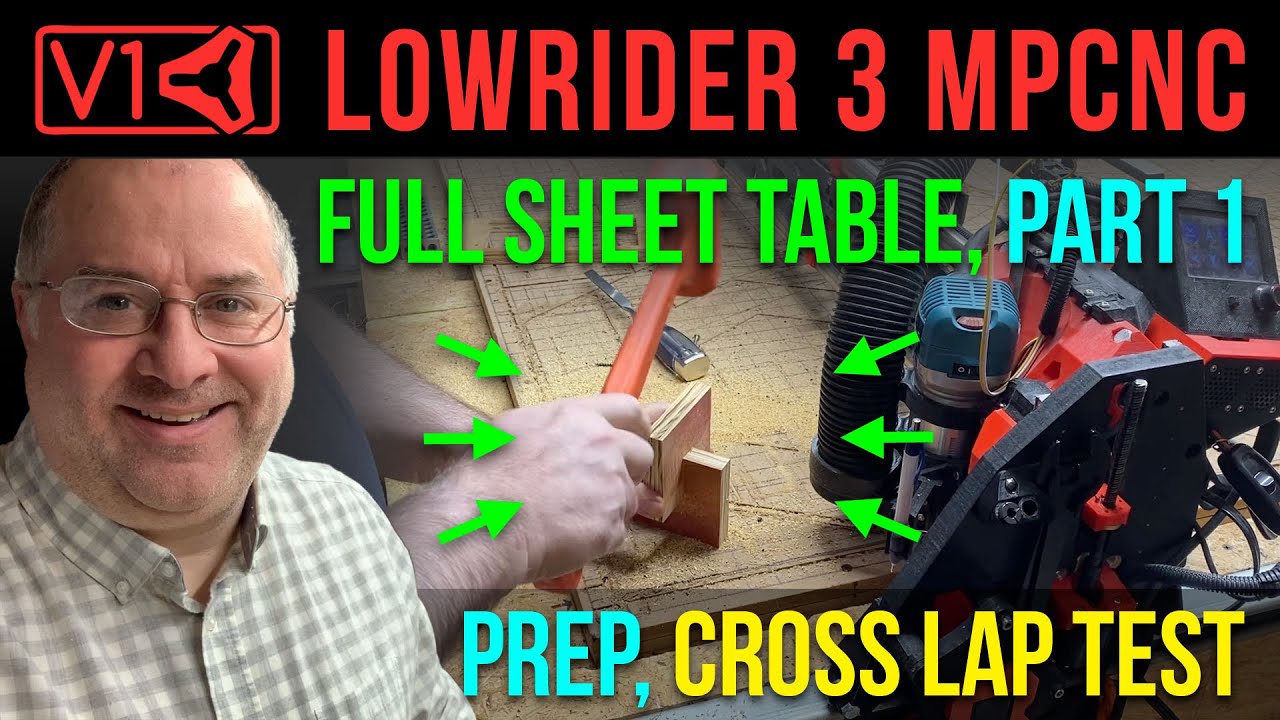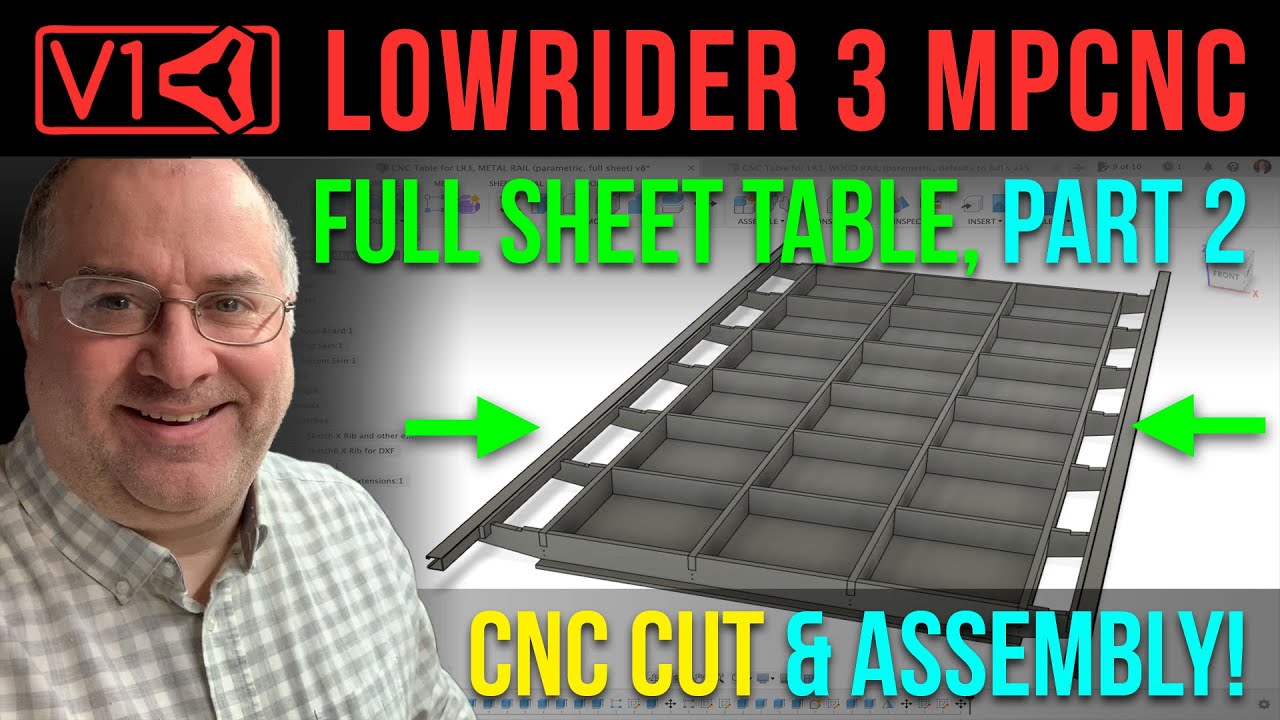This is true. @Bartman is correct.
However, because you are wanting to do a full sheet size CNC table, let me say a bit more. “Reasonably flat” is much easier on small tables, small CNC’s. Any lack of flatness is easier to compensate for on a smaller area surface. The same relative lack of flatness becomes more of an issue … the larger a CNC table is. For instance, surfacing a spoil board to get flatness does not have to cut deep on a small spoil board, but on a larger one, it can require much deeper cuts even if the lack of flatness was relatively the same.
By the same token, how much flatness you really need, is dependent on what you plan to do with it. Profile cuts that are full depth cuts, can easily compensate for a substantial lack of flatness by cutting deeper than the material thickness, and gouging the spoil board in places. Where flatness is pretty much required, is for pocketing, carving, v-bit lettering and designs, etc. The over-compensate trick for profile cuts does not apply for those operations.
I struggled continually with my first table, which was two long “Paulk workbench” type torsion boxes bolted to each other, resting on a support structure I built from lumber.
I have been substantially happier with my second table, which is one continuous torsion box (full size), resting on the previous Paulk benches (but with shims added based on laser level checking, not aiming for level, but using the leveling plane to aim for flatness), all of which was still on the same support structure as before, but after working to bolster and strengthen the support.
I made and posted two videos on my second table build process.
1.
2.
A torsion box is not necessary, to be clear. There are various ways to get going without one. Still, for full size rigs, any method you choose, will face challenges not felt as badly on smaller tables.
Speaking of torsion box tables, a lot can be found here on the forum by searching for “Parametric table.”
Ryan (founder of V1E) first proposed the idea of a parametric design for a torsion box table, posted here: Parametric Table
I developed his idea and produced one, found here: CNC-cut table for LowRider v3 (parameterized, for cutting full sheets+)
…And later I made and offered various versions of it, such as here:
…and here:
etc.
I have two pages of resources on those table plans on my website.
The older page with documentation and some resource links, is here:
https://design8studio.com/for-lowrider-v3-cnc-cut-table-dxfs-for-cutting-f360-archives-docs/
The newer page, which depends on the former page for context and documentation, while offering some newer plans, is here:
https://design8studio.com/for-lowrider-v3-cnc-cut-table-dxfs-for-cutting-f360-archives/

